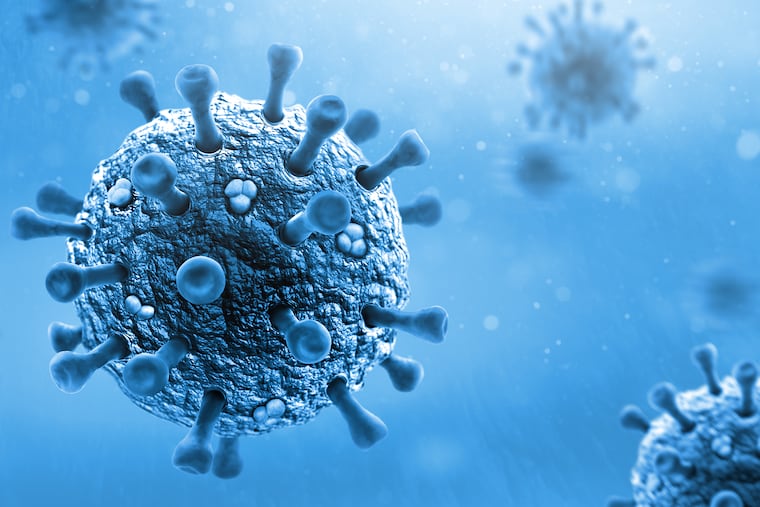New COVID variant drives increase in Pa. and N.J. infections
COVID experts expressed concern, but not alarm, over the latest variant quickly becoming dominant in the United States.

COVID experts expressed concern, but not alarm, over the latest variant quickly becoming dominant in the United States.
